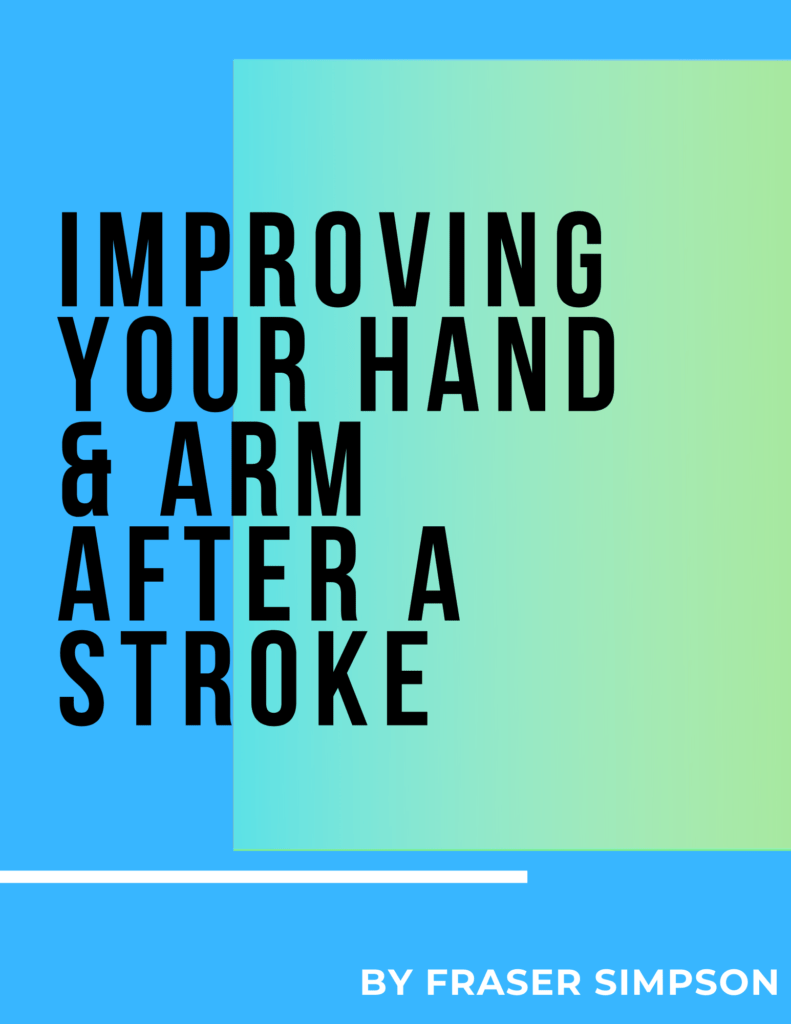Walking is something many of us take for granted until it becomes more challenging.
For those living with Parkinson’s, walking can begin to feel unfamiliar—smaller steps, a stooped posture, less rhythm in the stride. But here’s the good news: with the right guidance and a few tailored walking variations, it’s entirely possible to feel steadier, stronger, and more confident on your feet again.
At Simpson Physiotherapy, we work closely with people living with Parkinson’s to help them walk better, move better, and live better. Here are some of the most effective, easy-to-practise walking variations to help support balance, posture, and overall confidence.
Understanding Parkinson’s and Walking Challenges
Parkinson’s affects the nervous system, making it harder for the body to initiate and maintain fluid, coordinated movement. As the condition progresses, walking can become slower, more shuffling, or feel unbalanced. You may notice:
- Shorter, less purposeful steps
- Trouble picking up your feet
- Stooped or forward-leaning posture
- Reduced arm swing
- Feeling hesitant, especially when turning or starting to walk
These walking changes don’t just affect your ability to get around—they can also impact your confidence, your independence, and your quality of life.
That’s why focusing on walking isn’t just about mobility. It’s about keeping you connected to the things you value: meeting a friend for coffee, going out to the shops, enjoying a walk in the park.
Why Walking Variations Matter in Parkinson’s
Incorporating different walking variations into your routine can have a powerful impact on the way you move.
Walking in different patterns and directions challenges the body to respond and adapt, helping strengthen different muscle groups and retrain the brain to manage movement more effectively. These variations can:
- Improve your balance and posture
- Strengthen the muscles in your legs and hips
- Encourage a more regular walking rhythm
- Help reduce the risk of falls
- Support better control over your stride and gait
Best of all, they can be done at home, in your garden, or even as part of a walk around the block.
3 Parkinson’s Walking Variations to Start With
Here are three simple, effective walking variations recommended for people with Parkinson’s. They require no special equipment and can be adjusted to suit your individual needs.
1. Heel-to-Toe Walking
This is a great exercise for improving balance and coordination.
How to do it:
- Stand tall with your feet together.
- Step forward by placing the heel of one foot directly in front of the toes of the other, as if walking along a tightrope.
- Take slow, deliberate steps.
- Keep your eyes looking ahead and arms slightly out for balance.
- Try to walk 10 steps in a straight line, then rest.
Why it helps: This type of walking helps reinforce stability and alignment. It encourages a straighter posture and can reduce side-to-side wobble, which is common in Parkinson’s walking patterns.
2. Marching in Place
Marching is ideal for boosting leg strength and promoting a more intentional walking style.
How to do it:
- Stand with feet hip-width apart, near a counter or chair for balance.
- Slowly lift one knee up to hip height (or as high as you comfortably can).
- Lower it down and repeat with the opposite leg.
- Aim for 10–15 marches per leg, rest, and repeat.
Why it helps: Marching in place exaggerates movement and helps retrain your brain to take bigger, more confident steps. It also strengthens the thighs and hips, which are crucial for safe and stable walking with Parkinson’s.
3. Side-Step Walking
Side-stepping helps strengthen muscles that don’t get used as much in forward walking.
How to do it:
- Stand with your feet hip-width apart and posture upright.
- Step to the right with your right foot.
- Then bring your left foot to meet it.
- Take 5–10 side steps in one direction, then reverse.
- Keep the steps small and controlled.
Why it helps: Lateral movement improves side-to-side balance, which is often underused in regular walking. Strengthening the muscles in your hips and outer thighs can make you feel more stable, especially in crowded spaces or when changing direction.
Tips for Practising Walking Exercises Safely
- Use support if needed: Start near a kitchen counter, wall, or have someone nearby to assist.
- Keep sessions short and frequent: Little and often works best when building up your walking confidence.
- Focus on posture: Keep your head up, shoulders relaxed, and arms free to swing naturally.
- Go at your own pace: These exercises should challenge you, but never feel overwhelming.
- Celebrate the wins: Every step you take—literally and figuratively—is a step forward.
The Role of Specialist Support
While these walking exercises can be a brilliant place to start, personalised support makes all the difference. At Simpson Physiotherapy, we offer specialist neuro-active physiotherapy for Parkinson’s, tailored to your stage and your goals.
Our Services Include:
- One-to-One Physiotherapy – Individual guidance on safe and effective walking techniques
- Walking & Balance Training – Strategies to reduce falls and improve posture
- Home Visits – Receive therapy in a comfortable, familiar environment.
- Help with freezing episodes or shuffling
- Motivation and encouragement every step of the way
We take a holistic approach, considering your physical, emotional, and everyday needs, so you can move forward feeling supported and empowered.
Staying Consistent is Key
Parkinson’s walking challenges respond well to repetition and routine. Practising these walking variations regularly is where real progress happens. And when you’re supported by a physiotherapy team who truly understands the condition, you’re not just working on your walking—you’re improving your independence, your energy, and your quality of life.
Ready to Improve Your Parkinson’s Walking?
If you’re living with Parkinson’s and want to improve the way you walk, regain confidence in your movement, and feel steadier on your feet, we’re here to help.
At Simpson Physiotherapy, we’re proud to offer compassionate, expert support for Parkinson’s. Our walking strategies are safe, effective, and designed to help you take the next step with confidence.
📞 Book your FREE Telephone Consultation today and let’s have a friendly chat about how we can support your journey:
👉 Book now or call us on 0141 530 2092
Let’s take the next step forward—together.



